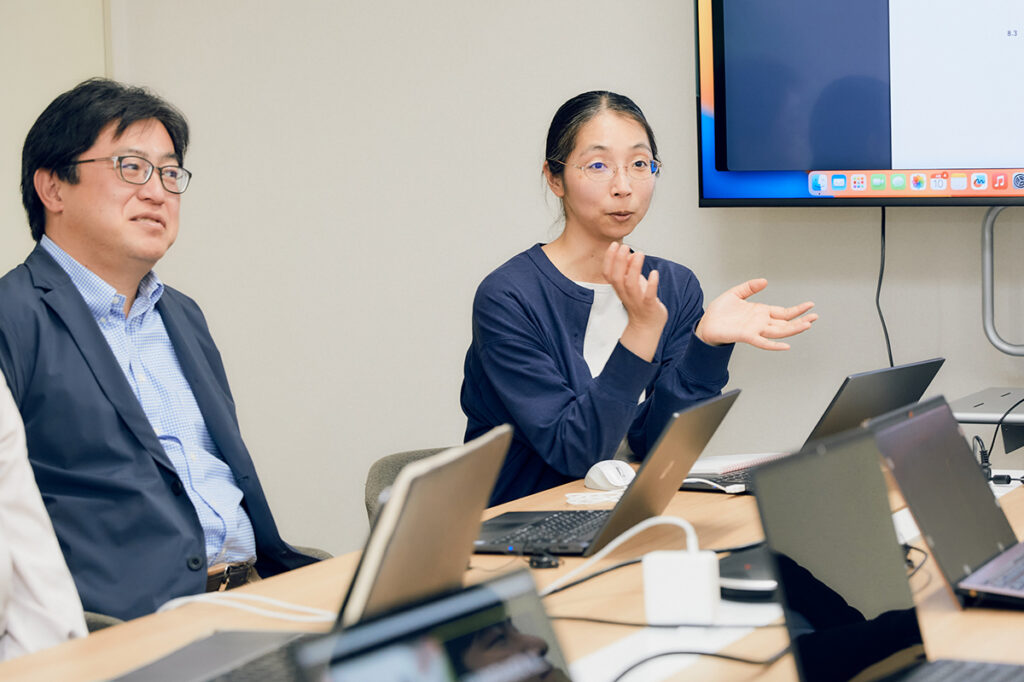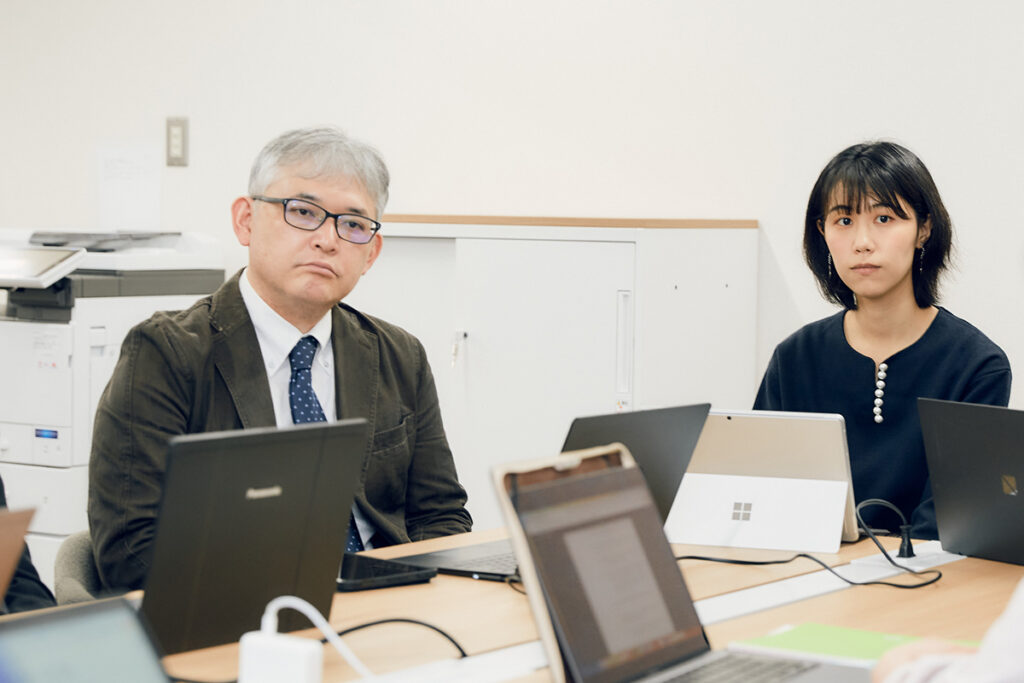Japan’s cost-effectiveness evaluation system was launched in fiscal 2019 to evaluate selected medicines and medical devices under the national health insurance system. Products to be evaluated are selected by the Central Social Insurance Medical Council (Chuikyo) based on established criteria.
Once a product is selected, the National Institute of Public Health (NIPH) commissions designated academic institutions to conduct the public analysis. Currently, Keio University and Ritsumeikan University are responsible for conducting public analysis.
The public analysis process begins with a pre-analysis consultation involving the Center for Outcomes Research and Economic Evaluation for Health (C2H), the public analysis team, and the manufacturer. The purpose of this phase is to confirm the proposed framework for the cost-effectiveness evaluation.
After the framework is finalized by the Expert Committee of Cost-Effectiveness Evaluation of the Chuikyo, the manufacturer conducts its own cost-effectiveness analysis and submits the results to C2H.
Following submission, the public analysis team conducts additional analyses, including systematic reviews and assessments of clinical benefits, as appropriate. During this phase, the team reviews the submitted data from multiple perspectives and ensures the transparency and consistency in the evaluation process through ongoing communication with C2H and among academic team members.
The public analysis team also remains actively engaged in research activities to stay up-to-date with methodological advancements in health technology assessment, drawing on the latest findings from academic journals and conferences.



